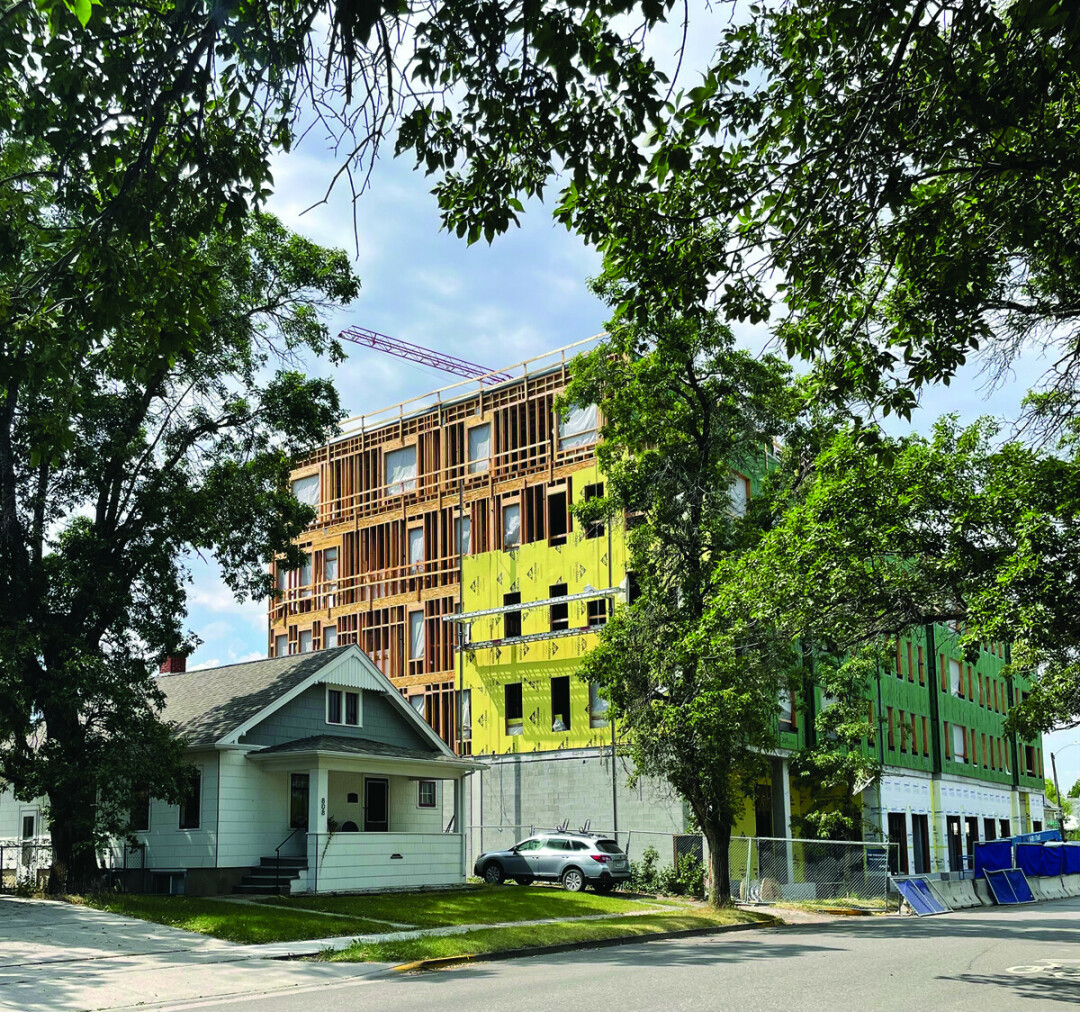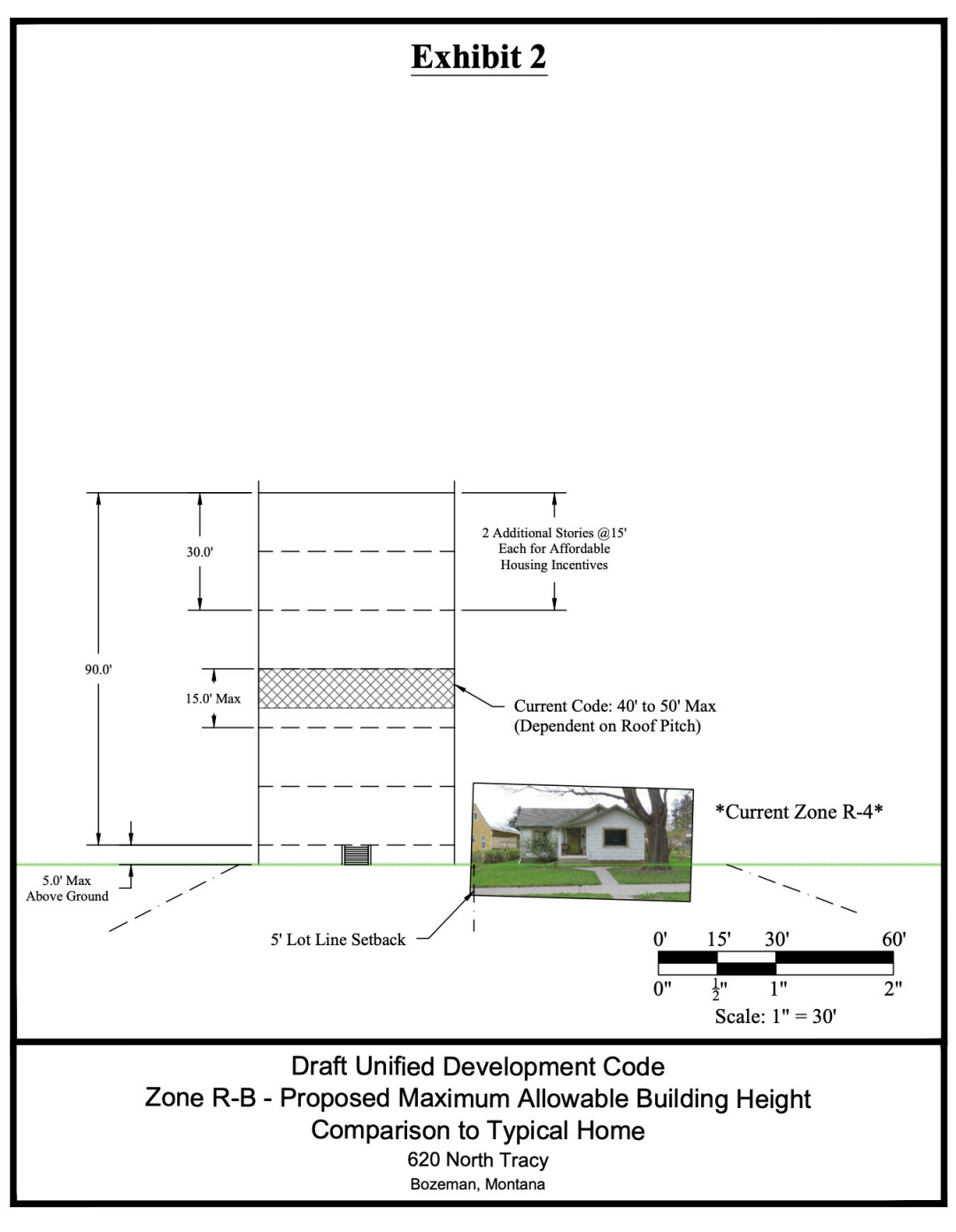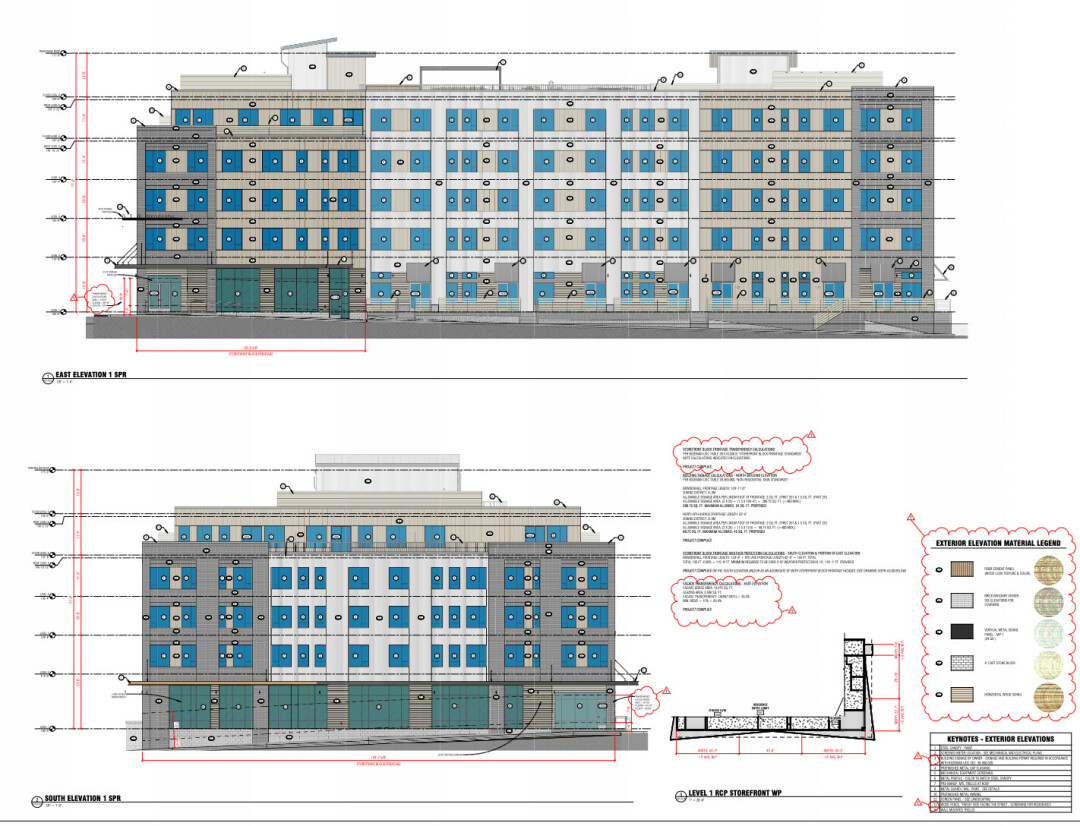What's Your Beef?: Call Off The Dogs

As I drive around town and see one after another, of these vapid five-story box buildings taking over neighborhoods of diverse hand-crafted homes, I notice the signs for the design build firms that are responsible. A quick google shows that a majority are national firms working in a dozen cities, all of them larger than Bozeman. My gut reaction has always been that they’re just here to make money off us. I don’t mind change in itself, but it feels like the change in Bozeman in the last 10 years or so has been much more than just an increase in the number of people coming to live here. The change feels extractive. We are being diminished by it.
A year ago I had no idea about city zoning, building codes, or density. I had no idea that the word “walkable” is a synonym for high-density, or that there was even such a thing as Real Estate Investment Trusts (REITs). And I had no idea what any of this meant for my neighborhood. Then, on September 17th 2023 my neighbor sent me a text message. The city was proposing to allow eight-unit apartment buildings on any lot in town! I actually emailed someone in my neighborhood who works for the city, asking if this was real, because it sounds bonkers, and I didn’t want to overreact if it wasn’t true. As we now know, it was true, and it is bonkers.
An acute mobilization of residents opposed to this change resulted in the city pausing the rewrite of the Unified Development Code (UDC) last fall. What followed has been a rollercoaster of gaslighting by people calling themselves “pro-housing advocates.” Their insidious narrative has been that our zoning and building codes are to blame for housing being so expensive. They cite “privileged enclaves” of single-family zoning as the reason we can’t build more housing. And they manipulate us by playing on our collective values of sustainability, welcoming people to our community, and preventing sprawl. They pit renters and homeowners against each other, in a false dichotomy.
You know who’s loving this?
Professor Patrick Condon of the University of British Columbia calls them,“the hungry dogs of land price speculation.” Institutional developers, basically, and they are hard at work in our community, and laughing all the way to the bank.
I don’t have space to unpack all of the falsehoods asserted by the “pro-housing” cohort, but what I will say is that it isn’t our zoning and building codes that are creating the affordability problem. Only 13% of Bozeman’s land area is zoned R-1 for single-family homes. The rest is zoned for higher density. Additionally, our code actually allows for a diverse range of housing types in R-1 including converting to a duplex, building an ADU, cottage housing, manufactured homes, and group living.
Our current development code allows for much taller construction than many people realize. Did you know you can actually build three stories everywhere in town? Did you also know that a ton of single-family homes exist in areas zoned for much higher density, like this home pictured below that is actually zoned R-4? Exhibit 2 from the Better Bozeman Coalition’s Neighborhood Friendly Unified Development Code report shows current height limits allowed in the code, proposed height limits in the new update, and what extra height is awarded through the affordable housing ordinance.
There is no limit to the number of dwelling units allowed in R-4, so a developer could assemble a few parcels, tear down the existing homes (many of which are rented relatively affordably) and build these mega-box-buildings with a hundred units in an existing neighborhood. This makes the price of those lots increase far beyond what the existing home is worth, because the money to be made from redevelopment is there for the taking.
If a developer agrees to provide five units of affordable housing for every 100, they get to build one to two stories taller. If half the units are made affordable, in some areas they get to build four stories taller! You end up with something like this approved development coming soon to N. 8th and W. Mendenhall. In this building we get five units of affordable housing.
I will admit to being swayed for a time that these types of buildings were going to be necessary to meet our housing needs, and that we were just going to need to manage where they are allowed to be built. What I now realize is that not only are they destroying existing neighborhoods, they are actually part of the problem of land price inflation! And they actually can’t be built in areas with private covenants. So, it’s the central and historic neighborhoods that will be steamrolled in order to realize this new wave of manifest density.
The real product of these buildings is the financing, not the housing! Remember the REIT’s I mentioned earlier? These types of buildings require lots of zeros in their financing, and since they need to provide a return on investment to shareholders, they will extract maximum profit as quickly as possible. They are sold to owners as a line item in a portfolio. Leasing agents employ algorithms to set rents, which always go up, never down, because a certain number of vacancies are built into the financial pro-forma. There is actually a Department of Justice investigation into the use of these algorithms.
Our current code is actually so liberal that we don’t have any reasonable incentives to give developers in exchange for affordable housing. We are giving away far too much development potential and density by-right — and it’s making the land even more expensive. Cambridge, Massachusetts gives five additional feet of height in their affordable housing overlay, not multiple stories. This increased land price is why we’re not seeing local developers building townhomes and other more sensible infill projects.
This month, when the City Commission begins the UDC rewrite process again on September 17th (a date that feels personally profound) we need to be ready to ask them to call off the dogs! We have the power to enact policies that will decrease the rate of land price inflation, not exacerbate it. We can create a regulatory landscape that is friendlier to our local small-scale incremental developers rather than these extractive housing-as-investment type projects. And we can plan our city, neighborhood by neighborhood, so we can reduce displacement and gentrification that comes from redevelopment.
We require the wherewithal to realize when we’re being gaslighted, and the will to do something about it. I know Bozeman’s got both. Join us in our work at the BBC.



